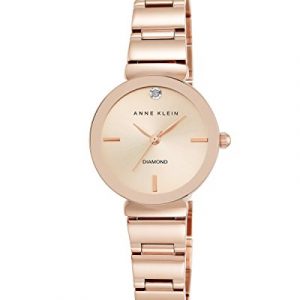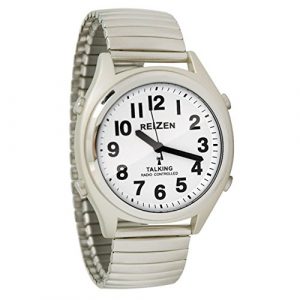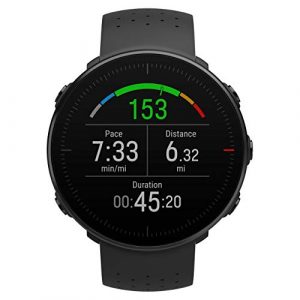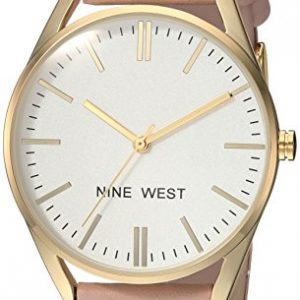Silver Pocket Watches are something other pieces of jewelry are not: They are timeless. They radiate wealth and charm, and give their bearer distinction.
Pocket watches are personal timepieces that can be carried around in a pocket. They sport traditionally analog displays, and usually have a hinged cover to protect the watches’ face. “Fobs” or pocket watch chains are usually present to secure the timepiece to a jacket, belt loop, or hook to a lapel. Most antique pocket watches also have fasteners designed to be put through buttonholes and worn in a waistcoat or jacket.
Keep it Open, or Keep it Closed
Pocket watches could be any one of two types. The first type are open-faced watches, or hunter-cased, often known as Savonette. The second and possibly the most common type, has a hinged front cover that protects the crystal face of the watch. Traditionally, the stem or pendant Savonette is set at its twelve o’clock position. The hunter’s stem, on the other hand is placed at the three o’clock position.
Modern manufacturers of new pocket watches, however are not bound by tradition, regardless of the cases they use. Sometimes, mechanisms intended for modern wrist watches are being used in silver pocket watches nowadays. This is a trend virtually unheard of with the old, classic silver pocket watches.
Pocket Watches on the Railway
The last half of the 19th century saw a rise in railroading, as well as the use of silver pocket watches. Old pocket watches became a requirement for all railroad workers, for the sole reason of preventing train wrecks.
After a massive train wreck in Kipton Ohio in 1891, railroad officials established a precision standard for silver pocket watches and were adapted in railroading.
Pocket Watches Today
In modern times silver pocket watches have become collectors’ items. An antique pocket watch is bound to catch the attention of enthusiasts. Pocket watches have also considerably increased in value. Despite their plain faces, railroad pocket watches are particularly appealing for the quality of their craftsmanship. There are also several vintage pocket watches worthy of mention.
An Elgin pocket watch made 50-150 years ago can still be of practical use today. These pocket watches are considered symbols of America’s rise from an agricultural to the powerful industrial country that it is today. Waltham pocket watches were the first antique gold pocket watches to be mass produced, with the idea of producing gold pocket watches at an affordable price. Hamilton pocket watches are known for their precision. In fact, most of their watches became the standard for railroad pocket watches. By 1923, 53 percent of their production was solely dedicated to the manufacture of railroad pocket watches. Another antique pocket watch worthy of mention are the very rare and much sought after Verge pocket watches.
The pocket watch is a survivor. It survived the painful beginnings of the railroad system and is still worn today, in the age and place of commercialism. Beautiful, exquisite and timeless, the pocket watch will undoubtedly be around for years, perhaps even centuries more.
To shop Maba Watches collection of pocket watches click the link below:




Tired of the usual wristwatches you have to wear every day when you go to the office? Tired of the everyday look of your wristwatches and are you sad because you can’t do anything with it but see the time? Well, even the most expensive wristwatches can show you the days of the week at the most.
Yes, you want to do a lot with your wristwatch and that is very understandable. So, what do you do when you get hours doing a lot more than just giving time?
Yes, you can have hours that tell more than just time, and you can do a lot from MabaWatches.com.
The era of smartwatches
Smartwatches from MabaWatches.com are a revolution in the world of wristwatches. If you have a touch watch, it will regularly check your watch every time your phone receives an SMS or a call. There is a longer battery life than any other touch screen device you own, and of course, the comfort in your life will improve dramatically. Touch screen watches provide many benefits and can be very gentle when you wear them. This increases the style quotient by a few degrees and makes the wearer look cooler. Let’s examine some of the features of mabawatches.com smartwatches and what makes them special.
Usability features have been added
Since you can now “touch” it to make it work, it’s very easy to play around with detailed options, such as choosing your song, reading text, or turning up the volume thanks to MabaWatches.com.
The ability to synchronize with other devices
Yes, synchronize important information with your other electronic devices, including tablets and other smartphones. What’s more, iOS and Android are mainly touchscreen operating systems. It is used mostly on phones with touch screens and works better when used on it. So, if the more advanced OS is to be used for small portable devices like the clock, it has to be a touch watch. It also helps to synchronize the watch with other devices that use the same OS thus data sharing can be made much easier and faster.
Comfort has been added
The added convenience this watch provides isn’t limited to the fact that you don’t have to press physical buttons to do things on it. The fact that so many apps can now be used on your watch is a very convenient factor. For example, if you are a sports person, the biggest sob imaginable from MabaWatches.com is not having to hold your phone to listen to songs or check your running speed.




Tired of the usual wristwatches you have to wear every day when you go to the office? Tired of the everyday look of your wristwatches and are you sad because you can’t do anything with it but see the time? Well, even the most expensive wristwatches can show you the days of the week at the most.
Yes, you want to do a lot with your wristwatch and that is very understandable. So, what do you do when you get hours doing a lot more than just giving time?
Yes, you can have hours that tell more than just time, and you can do a lot from MabaWatches.com.
The era of smartwatches
Smartwatches from MabaWatches.com are a revolution in the world of wristwatches. If you have a touch watch, it will regularly check your watch every time your phone receives an SMS or a call. There is a longer battery life than any other touch screen device you own, and of course, the comfort in your life will improve dramatically. Touch screen watches provide many benefits and can be very gentle when you wear them. This increases the style quotient by a few degrees and makes the wearer look cooler. Let’s examine some of the features of mabawatches.com smartwatches and what makes them special.
Usability features have been added
Since you can now “touch” it to make it work, it’s very easy to play around with detailed options, such as choosing your song, reading text, or turning up the volume thanks to MabaWatches.com.
The ability to synchronize with other devices
Yes, synchronize important information with your other electronic devices, including tablets and other smartphones. What’s more, iOS and Android are mainly touchscreen operating systems. It is used mostly on phones with touch screens and works better when used on it. So, if the more advanced OS is to be used for small portable devices like the clock, it has to be a touch watch. It also helps to synchronize the watch with other devices that use the same OS thus data sharing can be made much easier and faster.
Comfort has been added
The added convenience this watch provides isn’t limited to the fact that you don’t have to press physical buttons to do things on it. The fact that so many apps can now be used on your watch is a very convenient factor. For example, if you are a sports person, the biggest sob imaginable from MabaWatches.com is not having to hold your phone to listen to songs or check your running speed.




Tired of the usual wristwatches you have to wear every day when you go to the office? Tired of the everyday look of your wristwatches and are you sad because you can’t do anything with it but see the time? Well, even the most expensive wristwatches can show you the days of the week at the most.
Yes, you want to do a lot with your wristwatch and that is very understandable. So, what do you do when you get hours doing a lot more than just giving time?
Yes, you can have hours that tell more than just time, and you can do a lot from MabaWatches.com.
The era of smartwatches
Smartwatches from MabaWatches.com are a revolution in the world of wristwatches. If you have a touch watch, it will regularly check your watch every time your phone receives an SMS or a call. There is a longer battery life than any other touch screen device you own, and of course, the comfort in your life will improve dramatically. Touch screen watches provide many benefits and can be very gentle when you wear them. This increases the style quotient by a few degrees and makes the wearer look cooler. Let’s examine some of the features of mabawatches.com smartwatches and what makes them special.
Usability features have been added
Since you can now “touch” it to make it work, it’s very easy to play around with detailed options, such as choosing your song, reading text, or turning up the volume thanks to MabaWatches.com.
The ability to synchronize with other devices
Yes, synchronize important information with your other electronic devices, including tablets and other smartphones. What’s more, iOS and Android are mainly touchscreen operating systems. It is used mostly on phones with touch screens and works better when used on it. So, if the more advanced OS is to be used for small portable devices like the clock, it has to be a touch watch. It also helps to synchronize the watch with other devices that use the same OS thus data sharing can be made much easier and faster.
Comfort has been added
The added convenience this watch provides isn’t limited to the fact that you don’t have to press physical buttons to do things on it. The fact that so many apps can now be used on your watch is a very convenient factor. For example, if you are a sports person, the biggest sob imaginable from MabaWatches.com is not having to hold your phone to listen to songs or check your running speed.